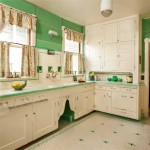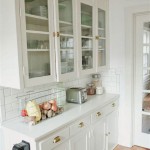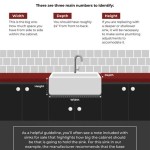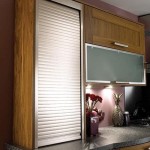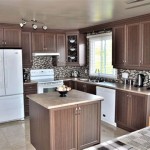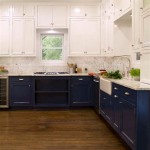DIY Kitchen Cabinet Design: A Comprehensive Guide to Creating a Dreamy Kitchen
Embarking on a DIY kitchen cabinet design project can be an exciting and rewarding endeavor, transforming your culinary space into a masterpiece of functionality and style. Here's a comprehensive guide to help you navigate the essential aspects of creating a dream kitchen:
1. Determine Your Kitchen's Needs
Begin by evaluating your kitchen's purpose and lifestyle requirements. Consider the amount of storage you need, the types of appliances you use, and the overall aesthetic you desire. This initial assessment will guide your cabinet design choices.
2. Plan the Layout
The layout of your kitchen cabinets is crucial for efficient workflow. Plan the placement of the major work zones (sink, stove, and refrigerator) to create a functional triangle. Use a kitchen planning software or sketch out a floor plan to visualize the arrangement.
3. Choose the Right Materials
Cabinet materials come in a wide range of options, each with its advantages and drawbacks. Solid wood offers durability and warmth, while plywood is a more affordable alternative. Laminate provides a cost-effective and easy-to-clean option, while painted finishes can create a custom look.
4. Design the Cabinetry
The size and style of your cabinets will significantly impact the overall look of your kitchen. Determine the height and width of your base and wall cabinets, and choose door styles that complement your aesthetic. Consider adding decorative elements such as crown molding or glass inserts.
5. Organize the Interiors
Well-organized cabinetry maximizes storage efficiency. Utilize pull-out drawers, shelves, and dividers to optimize space and keep items within easy reach. Consider adding lighting to the interiors for better visibility.
6. Select Hardware and Finishes
Hardware and finishes play a vital role in completing the look of your kitchen cabinets. Choose knobs or handles that match the style and finish of your cabinetry. Drawer slides and hinges should be high-quality to ensure smooth operation.
7. Install the Cabinets
Once your cabinets are built, it's time for installation. Ensure a precise fit by following the manufacturer's instructions carefully. Secure the cabinets to the walls or floor to prevent sagging or shifting.
8. Finishing Touches
Add the finishing touches to complete your DIY kitchen cabinet project. Install backsplash, countertops, and appliances. Consider adding under-cabinet lighting for task illumination and ambiance.
Additional Tips:
* Measure twice, cut once. Accuracy is essential for a successful cabinet design. * Use a level to ensure that cabinets are plumb and level. * Don't be afraid to ask for help from a professional if needed. * Take your time and enjoy the process. Creating a DIY kitchen cabinet is a rewarding experience.
Budget Friendly Diy Kitchen Cabinet Ideas The Turquoise Home

21 Diy Kitchen Cabinets Ideas Plans That Are Easy To Build

Diy Kitchen Cabinets For Under 200 A Beginner S Tutorial

Diy Kitchen Cabinets 25 And Easy Ideas For An Update Joyful Derivatives

Diy Kitchen Cabinets For Under 200 A Beginner S Tutorial

Budget Friendly Diy Kitchen Cabinet Ideas The Turquoise Home
:max_bytes(150000):strip_icc()/NZ6_3831-72d7f0abcfe949ee9a8db49f5203f370.jpg?strip=all)
27 Diy Makeover Ideas For Redoing Kitchen Cabinets

Diy Budget Open Kitchen Cabinets Build Your Own In A Weekend

21 Diy Kitchen Cabinets Ideas Plans That Are Easy To Build

Diy Budget Open Kitchen Cabinets Build Your Own In A Weekend

